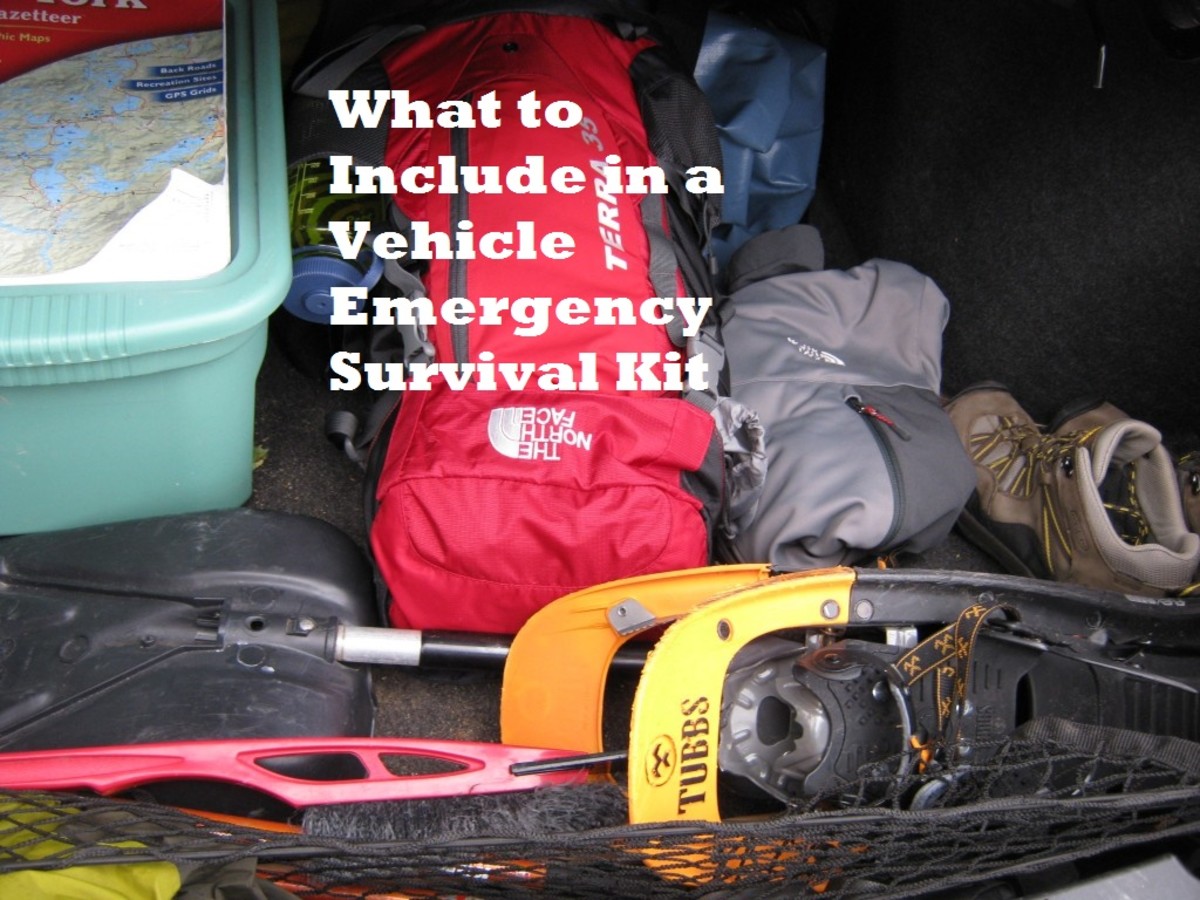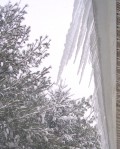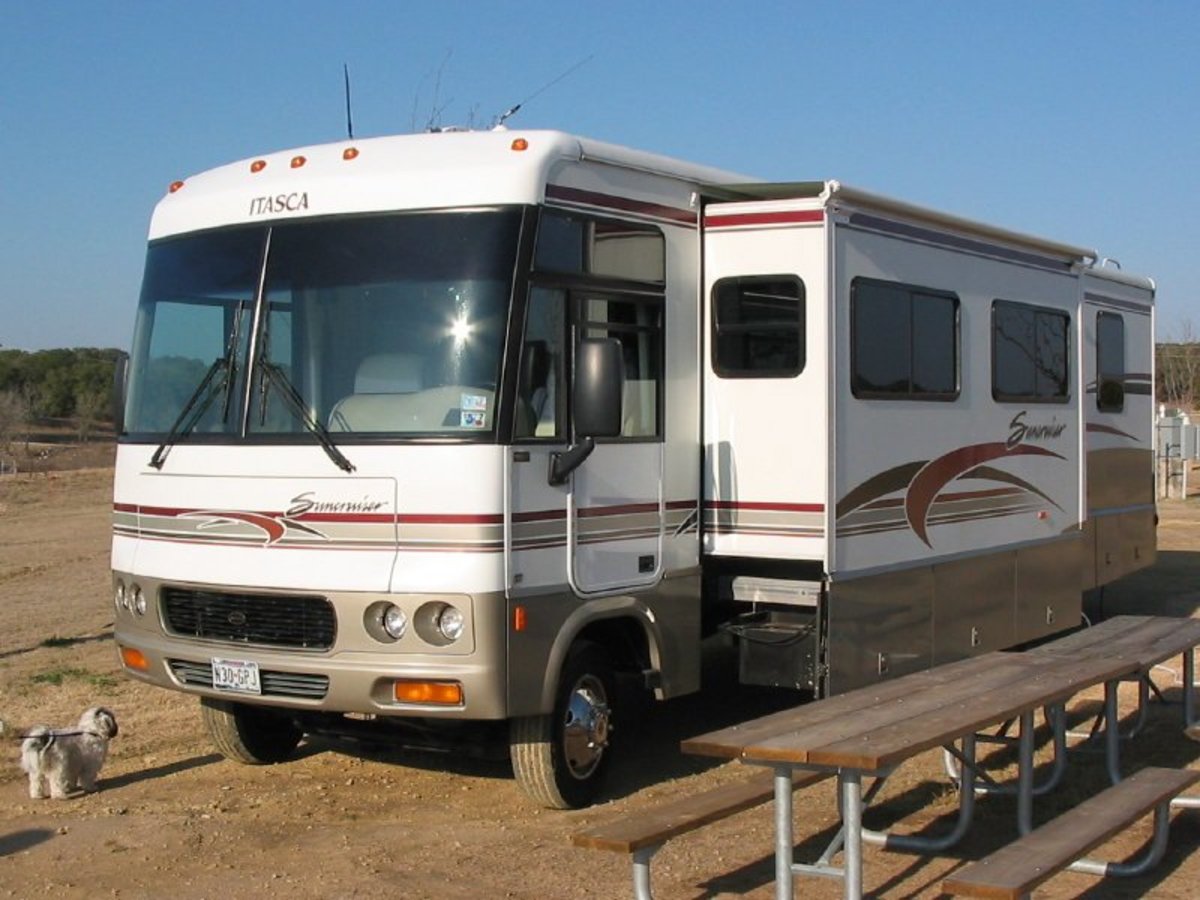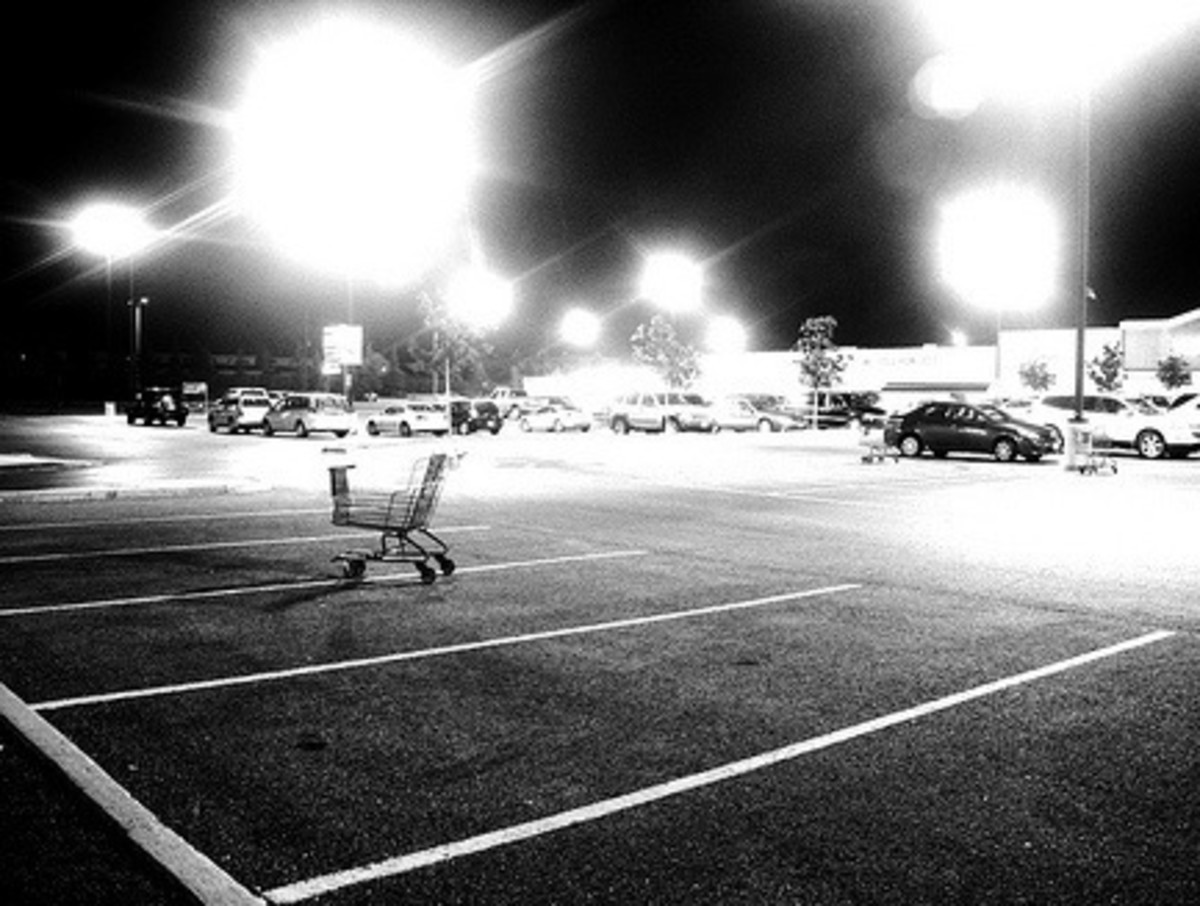Winter Driving Tips for Driving on Ice and Snow
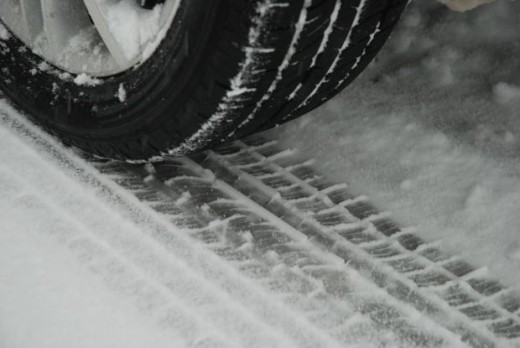
If you live in certain areas of the world, it is inevitable that you are going to have to do some winter driving. Maybe you are not comfortable driving in snow and are timid when it comes to doing so. Driving in snow or icy conditions can be scary, but you can rest a little easier if you are prepared. Since these driving conditions can be very dangerous, it is important to know what you can do to prevent accidents.
Check Weather and Traffic Conditions
Prior to leaving your house, research the current weather conditions. Tune in to your local news channel or visit their website. You will be more prepared if you know what to expect. The condition of your road might not be the same as every road in your area. Find out how much snow has accumulated and if the roads are in icy conditions. Also, find out how the conditions are predicted to be at the time you will be returning home. The roads could be clear for your travel to work, but by the time you get off they could be in completely different shape.
Only Drive Out of Necessity
When weather conditions are bad, only be out on the roads for necessities. Getting your children to school or daycare and work are important, but if the conditions of your roads are very bad you may need to skip out on these for the day. Definitely do not go out for things that could wait awhile. During the winter months, you should stock up on groceries and essentials. Make sure you have enough food for your family and pets stocked up, as well as toilet paper, paper towels, medicines, and etc. This way, you will not have to make unnecessary trips to the grocery store during bad conditions. Think about why you are traveling, and see if it is something that could wait until conditions have improved.
Make Sure Your Car is Ready for Winter Driving
Before driving, check and make sure your car is good on oil, washer fluid, and gasoline. You should never drive around on winter conditions with less than half a tank of gas. You never know when you will get stuck in traffic (wrecks are very common during winter months) or if you will get stuck and need to run your car for heat until help arrives. Make sure you have good winter tires, and that they have the right amount of air in them. Remove all snow from your windows, because you need to be able to see in all directions. You should also make sure you have an emergency kit in your car at all times during the winter months. Keep things like a first aid kit, nonperishable food, bottled water, a flashlight, batteries, a lighter or matches, an ice scrapper, extra warm clothing, and blankets. You never know what will happen, and these items could save you or your child's life during an emergency.
Drive Carefully
This tip should be a no-brainer, but many people fail to take extra precaution during winter driving. The golden rule is: when there is ice or snow, go slow. You need to greatly reduce your speed when the roads are bad. Always wear your seat belt and have your children restrained properly for their age and size. Never follow too closely behind someone. Tailgating is always a bad idea, but it is even more dangerous when the roads are slippery. You never know when the car in front of you will lose control of their vehicle. Also give yourself more time for breaking. It takes longer for your car to come to a stop when road conditions are bad. Do not use cruise control. You should always be in control of your vehicle.
Be Respectful of Plows
When road conditions are bad, you will likely encounter snow plows out on the roads. When approaching one, always slow down well in advance. Stay at least 20 feet behind the plow if possible. The drivers of these vehicles have a limited view and may not see you. Debris may also spit out from behind the truck, so make sure to distance yourself from the snow plow.
Be Cautious of Black Ice
Sometimes there will be ice on the road that is not easily visible. Remember, there can still be ice on the road even if there is no snow. Go slow around turns and do not slam on your breaks (tap them instead). Using your breaks is when slipping on ice is most likely to occur.
Winter driving can be very scary, but if you know what to expect and are prepared you could save a life. Always use precaution when driving on ice or snow covered roads. If there is ice or snow, go slow.... or better yet don't go. Stay safe this winter season!
If you would like to visit the WV Transportation Website you can click Here to find more information on driving in winter conditions. The information and tips are very helpful for drivers in every state!

